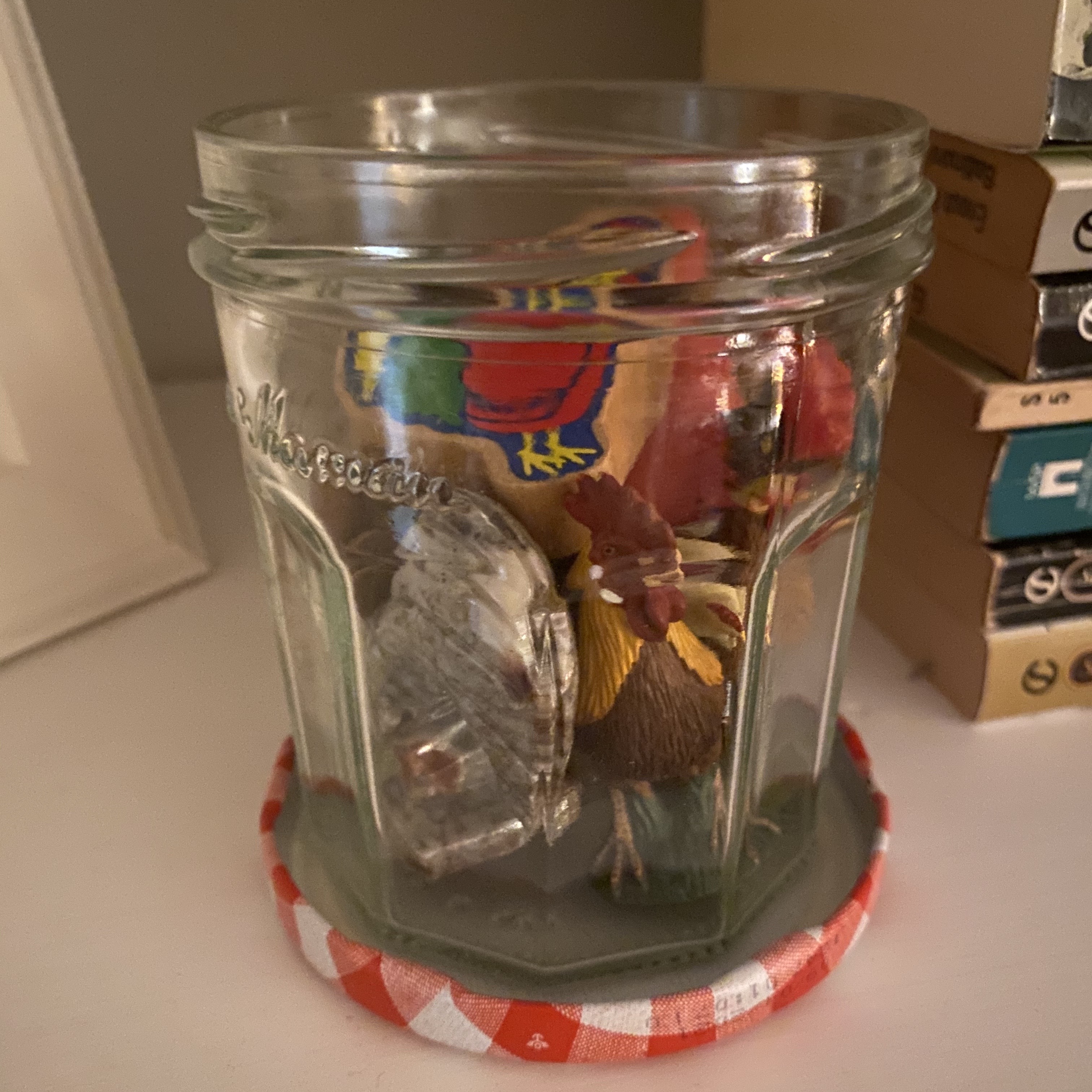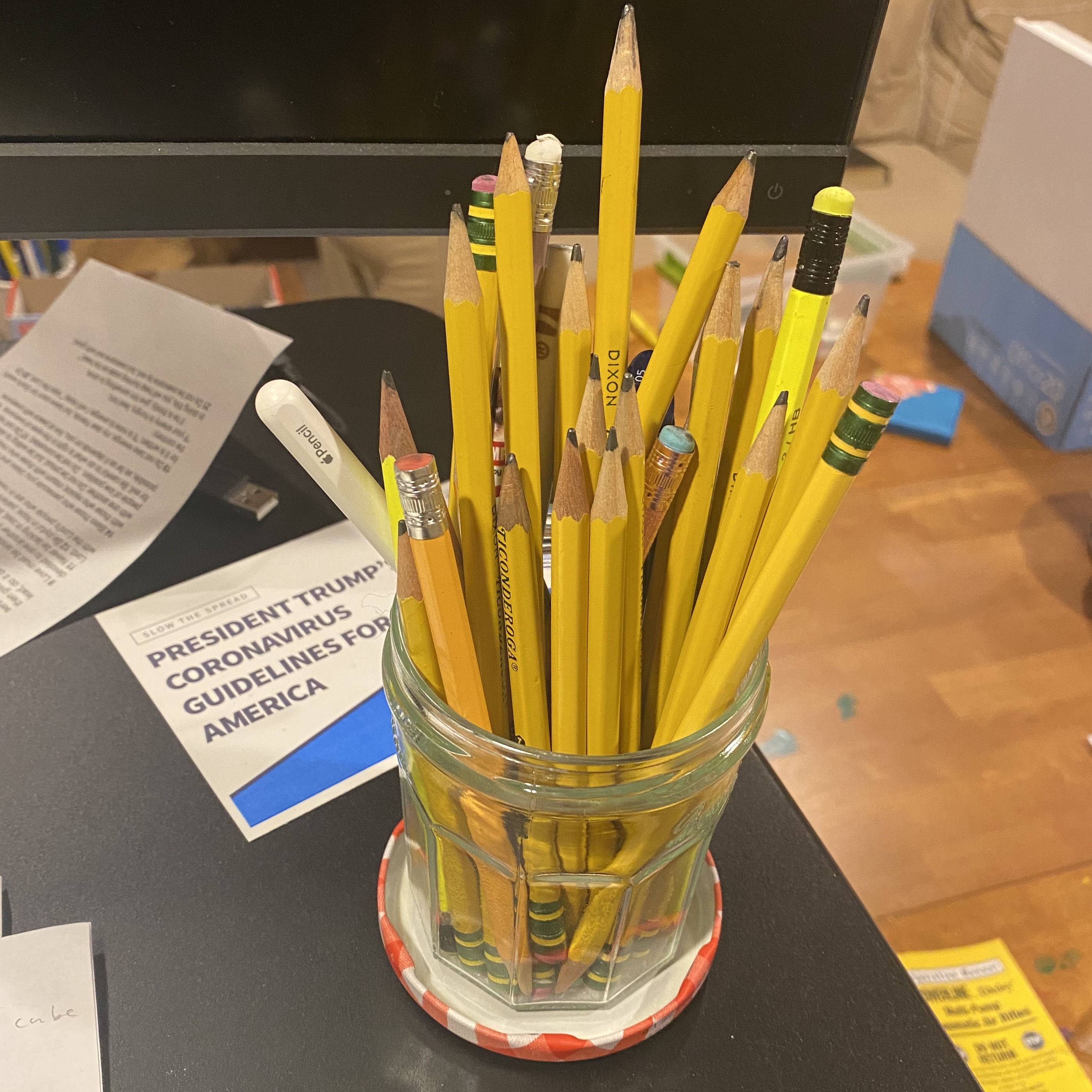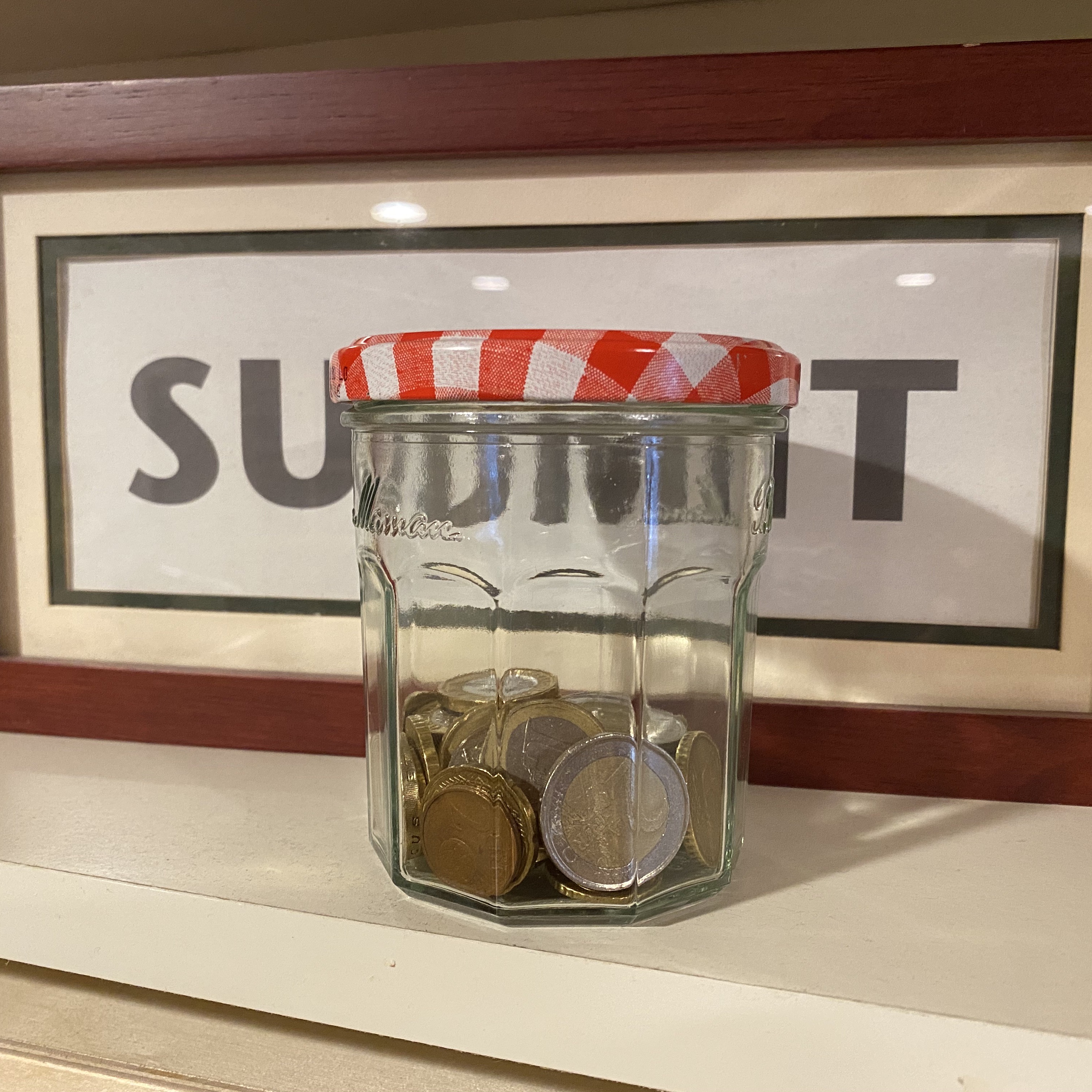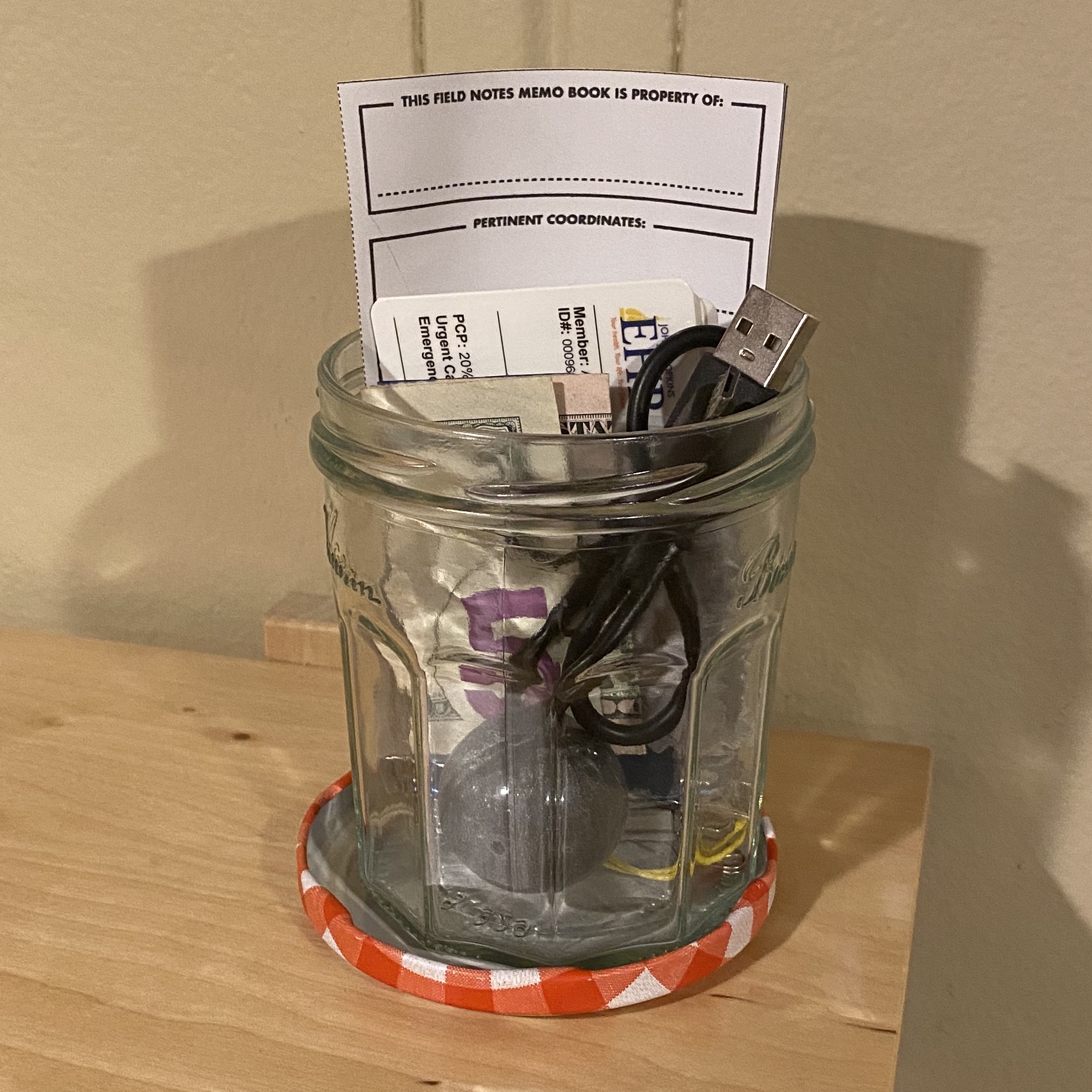An appreciation of the Bonne Maman jar
Is there any finer jar than the one used by Bonne Maman jam?
Consider the features of a traditional condiment jar:
- A narrow mouth with a steep lip1 helps inhibit efficient extraction of the jar’s contents2
- Opaque sides hide the jar’s contents
- Construction from plastic imbues the condiment with a faint chemical aroma
A Bonne Maman jar is none of these. It has a wide mouth and no lip, meaning every bit of excellent jam can be extracted with ease. One wash in the dishwasher neatly removes the label. It is well-proportioned and made from glass, adding heft that lowers the center of gravity and inhibits tipping when repurposed after the jam is gone. Finally, its colorful lid provides a water-tight seal and marks you as a person with fine taste; the brand’s name has a nice bit of inflection, providing pleasure to the customer hoping to emit an air of wordly erudition in correctly pronouncing the name.
Every time I am scooping out mayonnaise from a tall, plastic, narrow-mouthed tub, I think, as I wipe condiment from high up on the handle of the stupid utensil, the world does not need to be this way. But for some reason it is.
-
Why do any jars have lips? What purpose do they serve, other than to hinder removal of their contents? Is there some unquestioned tradition from the early days of container manufacturing? Some trick of mass production that requires it? Are lids super expensive? It is remarkable that Bonne Maman alone seems to have escaped this design flaw. ↩
-
It is worth pointing out that a spoon is a much more effective tool than a knife for both removing and spreading nearly any condiment. ↩



